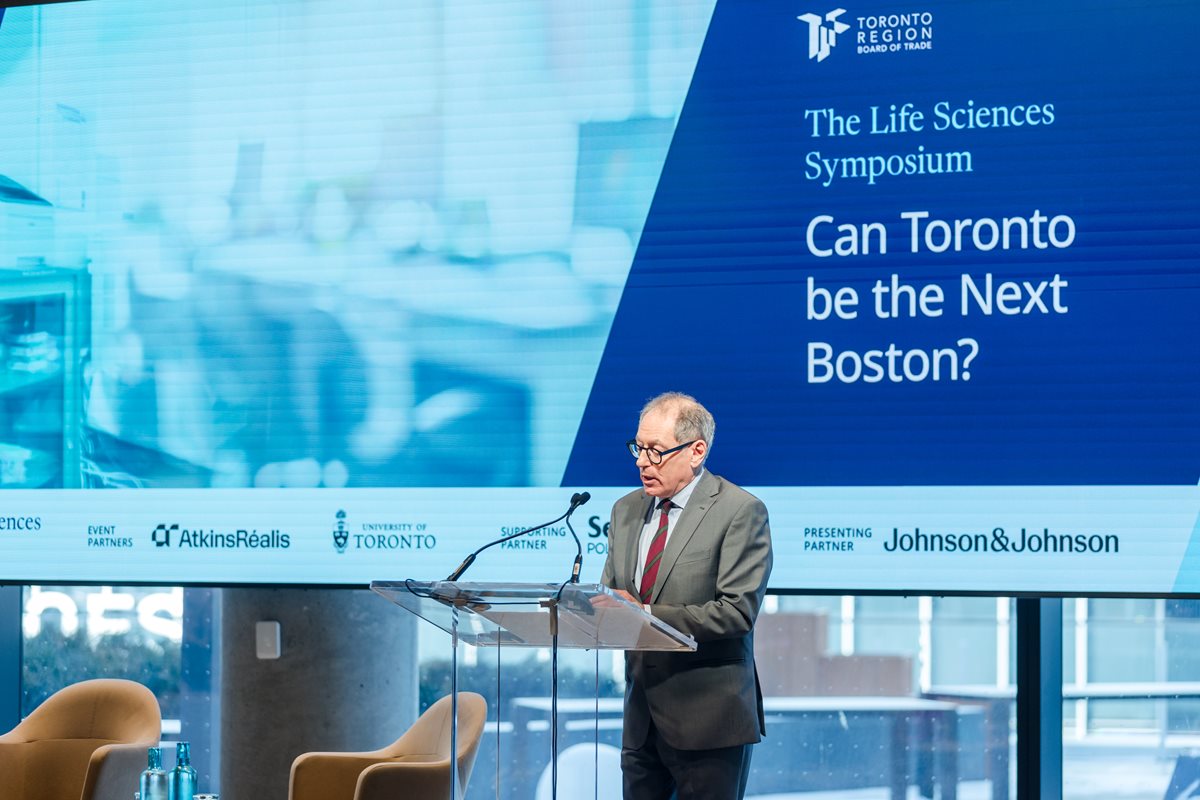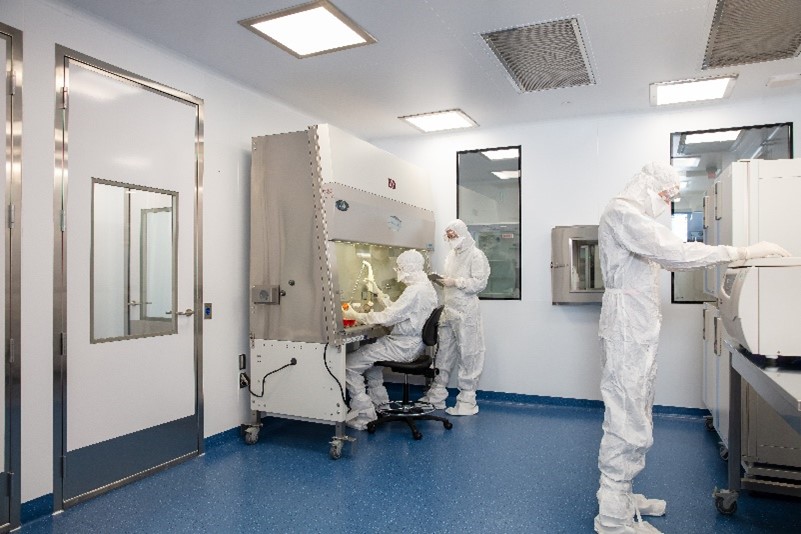
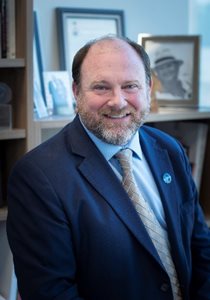
Regenerative medicine is revolutionizing healthcare with an aim to cure diseases rather than just treating symptoms. This field, which might sound straight out of science fiction, is very much a reality today. Dr. Michael May, President and CEO of the Centre for Commercialization of Regenerative Medicine (CCRM), is at the forefront of this exciting journey. CCRM’s work holds the promise of leading to potential cures for diseases, including cancer.
In anticipation of Dr. May’s keynote at our upcoming Life Sciences Breakfast Series event, we spoke with him about the advancements in regenerative medicine and the significant role Toronto is playing in this field.
Let’s start with the basics, what exactly is regenerative medicine, and why does it seem like science fiction?
Dr. May: Regenerative medicine focuses on curing diseases by replacing or engineering living cells to tackle illnesses directly. For instance, CAR-T therapy allows us to engineer a cancer patient's white blood cells to recognize and target their tumour cells. This isn't science fiction—patients around the world are already being treated with these therapies. The future is here and now, with response rates in blood cancers reaching 70-90%, which is unprecedented.
How did we transition so quickly from discussing regenerative medicine as a concept to seeing real-world applications?
Dr. May: It feels quick, but it has been a result of decades of effort. One transformative moment was the ability to create induced pluripotent stem cells from adult cells, allowing us access to human tissue. This breakthrough was recognized with a Nobel Prize in 2012. Another significant advance is the CRISPR-Cas9 technology, which allows precise gene editing. These innovations have accelerated the field, enabling us to develop therapies that were once unimaginable.
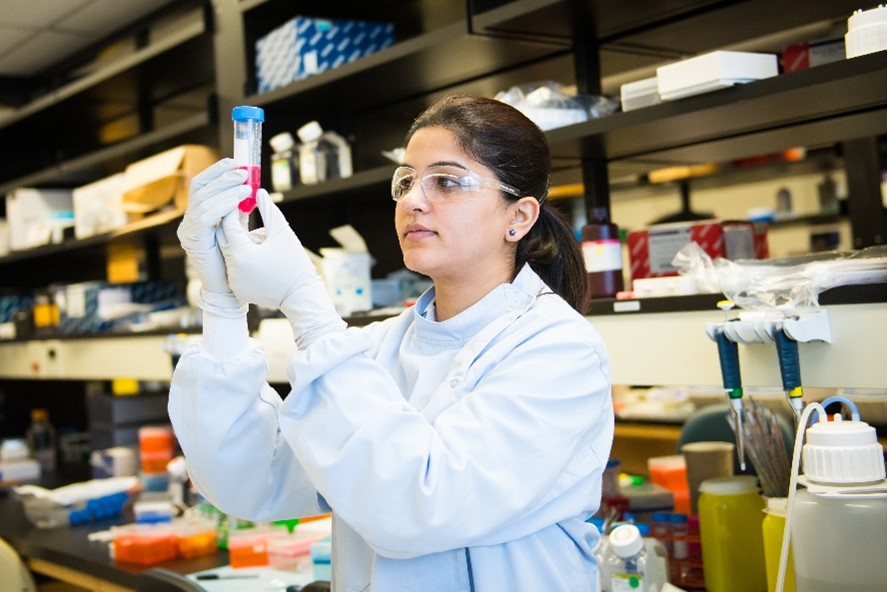
Q: What can the local business community do to support the growth of regenerative medicine?
Dr. May: The local business community plays a crucial role. Financial institutions, venture capitalists, and even high-net-worth individuals can invest in this sector to make Canada a leader in life sciences. Supporting an ecosystem approach that includes research, manufacturing, and clinical trials will ensure that Toronto remains at the forefront of this transformative field. By investing in this sector, businesses can help accelerate access to cures for Canadians and patients worldwide.
Can you provide some examples of how these advancements are being used today?
Dr. May: Right now, we can take a millilitre of your blood, convert it into stem cells, and then reprogram those cells into various types, such as liver, brain, or heart cells. This technology is not just theoretical; it's being applied in labs and clinics globally. The potential applications are vast—from treating degenerative diseases like Parkinson's and Alzheimer's to repairing damaged tissues and organs.
With CAR-T therapy, we are already seeing remarkable results in treating blood cancers. We can take the white blood cells from a cancer patient, engineer them to recognize and target the patient's tumour cells, and then re-infuse them into the patient. This has led to unprecedented cure rates for certain blood cancers. Patients who had little hope before are now experiencing significant remission thanks to these therapies. Beyond CAR-T therapy, our spin-off company, Notch Therapeutics, is working on using healthy individuals' white blood cells to treat multiple cancer patients from a single batch. This 'off-the-shelf' approach can significantly reduce costs and increase accessibility, making these therapies available to more patients.
So, you’re saying it’s not just theoretical anymore, that cures to many diseases, including cancer, are around the corner?
Dr. May: Our work doesn't stop with blood cancers. We are now applying similar approaches to solid tumours. While blood cancers are easier to target because they are in the bloodstream, there are dozens, if not hundreds, of researchers working on modifying these therapies to attack solid tumours. In the next five years, we expect to see advancements in treating all types of cancer with these targeted therapies. In five,10, fifteen years in the future, it’s possible that finally cancer could be cured by these therapies. We're moving away from traditional treatments like chemotherapy, which kill everything in their path, to targeted therapies that specifically attack cancer cells. I really do believe cancer’s days are numbered.
Beyond cancer, regenerative medicine holds vast potential for other diseases. The ability to control and engineer biology is transformative. This isn't science fiction—this is happening now, and the potential is limitless.
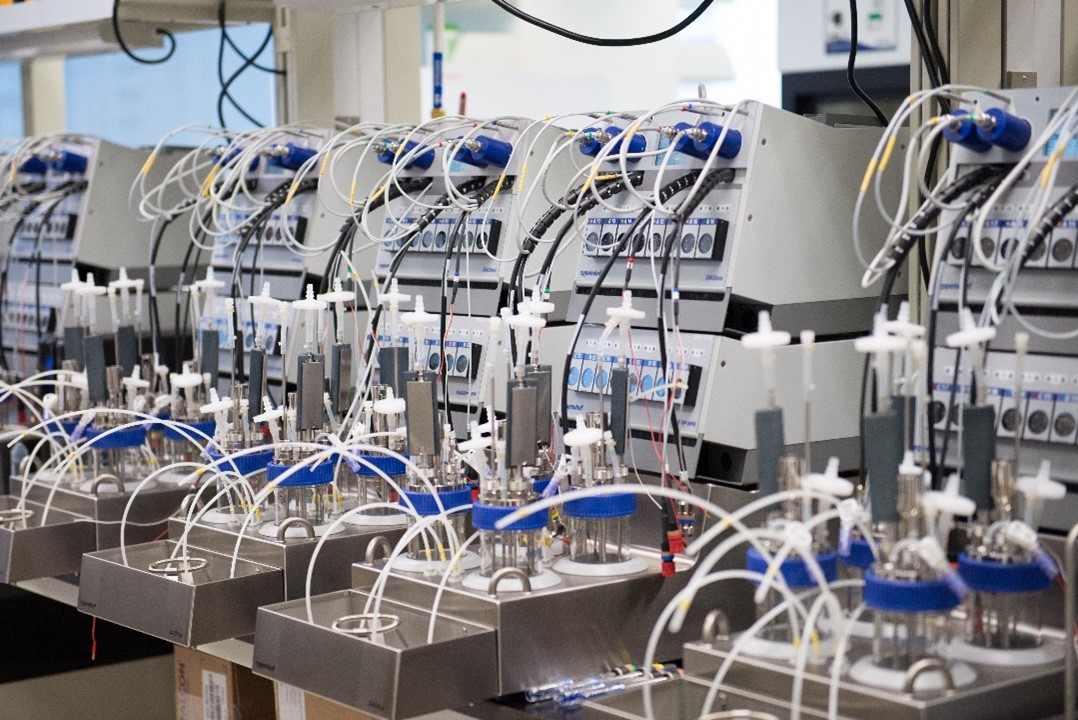
Toronto seems to have played a significant role in the advancement of regenerative medicine. How has the city contributed to this progress?
Dr. May: Toronto has an exceptional concentration of research institutions and clinical infrastructure. The Discovery District in Toronto, including the MaRS Discovery District, is a unique area where world-class institutions and researchers are densely packed, fostering collaboration and innovation. What's amazing about Toronto is how closely and densely packed this is. There are very few places in the world where you can get this concentration of excellence in an area where you don't have to rely on people to work together—they just bump into each other, right? And there are collisions!
The city's collaborative ecosystem, regulatory environment, and clinical trial capabilities make it an ideal location for advancing regenerative medicine.
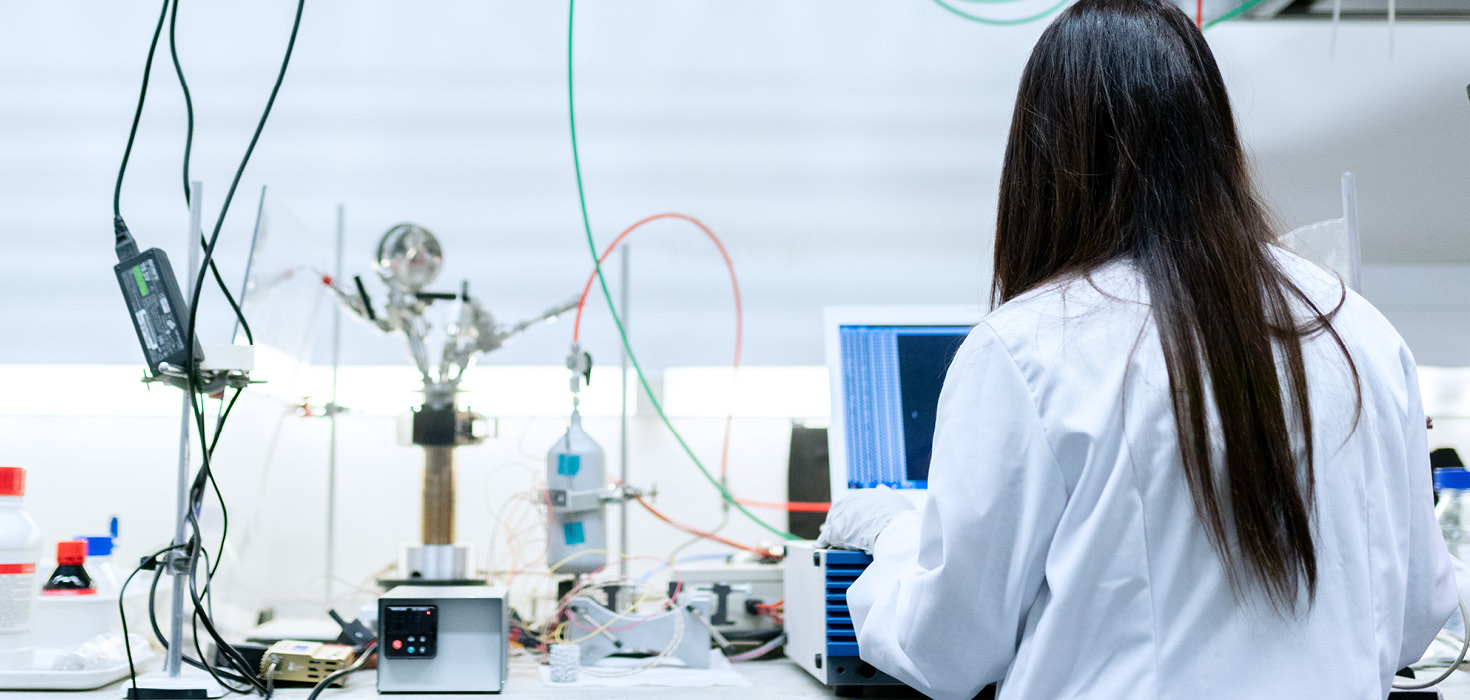
Growing our Life Sciences Sector: An Interview with Gordon McCauley
Given the global interest in this field, what is the business case for keeping research and investment in the Toronto region?
Dr. May: Toronto's strengths include deep scientific expertise, excellent clinical infrastructure, and a collaborative nature. Our approach at CCRM is to build an ecosystem that includes academia, industry, investors, and government. By establishing manufacturing capabilities, we create durable elements of talent and infrastructure. This strategy not only attracts but retains companies and talent, making Toronto a hub for regenerative medicine.
My dream is to put Toronto at the centre of a global endeavour to bring these advanced medicines to patients in a way that has never been done before. We are launching CCRM hubs around the world, and these hubs will work together to tackle the global market, but with Canada at the centre. Why shouldn't Canada be at the centre of this? Canada, Ontario, and Toronto have the right combination of scientific legacy, collaborative ecosystem, and infrastructure to lead in this field. Our long-term goal is to ensure that Toronto remains the focal point of this transformative industry, leading the way in making regenerative medicine a reality for patients worldwide.
What can the local business community do to support the growth of regenerative medicine?
Dr. May: The local business community plays a crucial role. Financial institutions, venture capitalists, and even high-net-worth individuals can invest in this sector to make Canada a leader in life sciences. Supporting an ecosystem approach that includes research, manufacturing, and clinical trials will ensure that Toronto remains at the forefront of this transformative field. By investing in this sector, businesses can help accelerate access to cures for Canadians and patients worldwide.
Join us at the Life Sciences Breakfast Series to hear Dr. Michael May discuss the revolutionary advances in regenerative medicine and how Toronto can continue to lead in this field. Your participation and support are vital in shaping the future of healthcare, ensuring that these groundbreaking therapies remain and flourish in our region.
Thank you to our partners for helping make this event possible.
